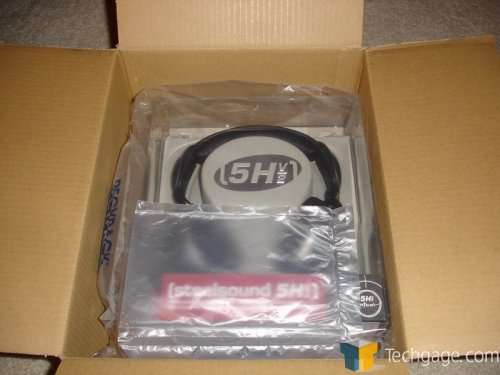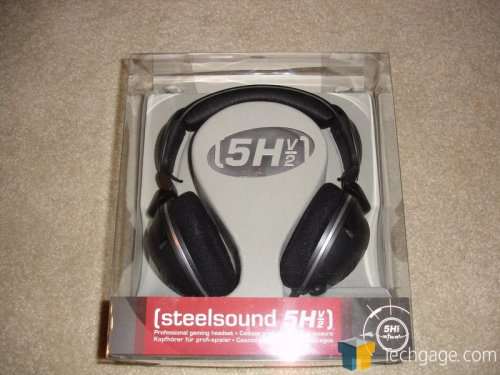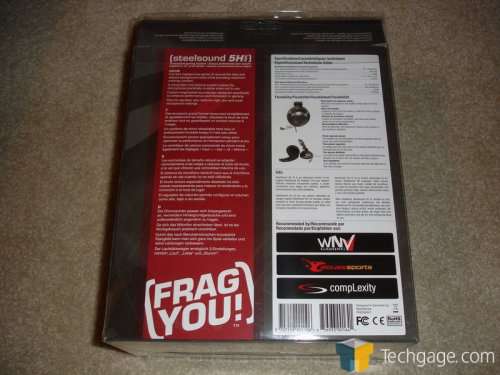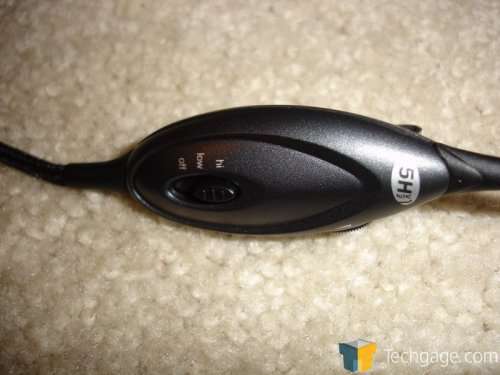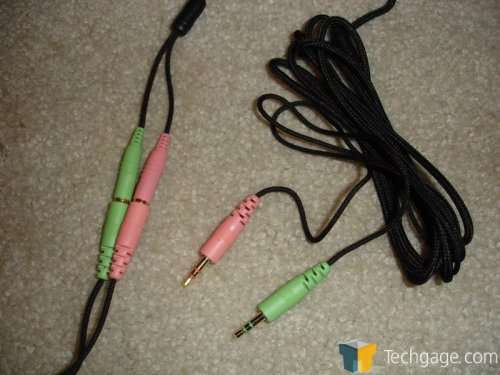- Qualcomm Launches Snapdragon 4 Gen 2 Mobile Platform
- AMD Launches Ryzen PRO 7000 Series Mobile & Desktop Platform
- Intel Launches Sleek Single-Slot Arc Pro A60 Workstation Graphics Card
- NVIDIA Announces Latest Ada Lovelace Additions: GeForce RTX 4060 Ti & RTX 4060
- Maxon Redshift With AMD Radeon GPU Rendering Support Now Available
SteelSound 5H v2 Headset
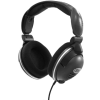
A good pair of headphones can sometimes be difficult to find. You need top notch sound quality in games as well as in movies and music. Today we are taking a look at a pair of headphones that break the norm in their design. Is it worth it, and if so, how do they perform?
Page 1 – Introduction
As gamers and enthusiasts, we appreciate quality hardware. Perhaps it’s the amount of time we spend each week in front of our computers either playing games, listening to music, watching a movie or working from the comfort of our own home. There really isn’t much that we don’t use our computers for and because of this, we can appreciate what quality hardware can do for us more than the everyday regular user.
In the past, we have taken a few looks at different offerings in the headset world and while every set we have taken a look at has been good in its own way, I have yet to find the perfect one. The Razers didn’t have the bass that I wanted and both sets of Sennheiser headsets that I have worked with did cover my ears entirely. As said before, I liked every set very much but none really stopped me in my tracks. Today we are taking a look at the latest offering from Steel Series for the gaming community.
Steel Series has long been known for their support of gamers and more importantly, their almost classic 5H headset. The full sized headphones were fan favorites for their sound quality, comfort and the ability to break them down for travel. This made them perfect for any and all LAN attendees as it allowed the headset to be transported to and from any LAN event easily and without the fear of them breaking in a bag.
Today, we are looking at the second revision of the above mentioned 5H headphones. From the first edition, the second looks to build on that success with the improved microphone quality, a longer microphone cord, larger ear cushions, additional frame pressure and ‘numerous other technical design improvements.’ These improvements come straight from the mouth of Steel Series themselves but are they accurate? Going into this review, I want to state that I have worked with the first revision of the 5H headphones but never had a problem with them so I am curious to see if the improvements are significant enough to warrant a production mulligan and re-release of the same old headphones.
The 5H headphones came to me in the retail packaging. The same packaging that you would receive should you decide to purchase them yourself. There really isn’t anything special about the box but it is full of the vital information that you would ever need.
Once out of he box, the 5H headphones are surprisingly light, which is good if you are going to be wearing them for any extended amounts of time, like at LAN parties. Before we get into any of the results, let’s get into the specifics.
- Headphones
- Frequency Response – 16 – 28.000 Hz
- Impedance – 40 Ohm
- SPL@ 1kHz, 1 Vrms – 110 dB
- Cable Length – 3 meters (10 feet)
- Connectors – 3.5 mm
- Microphone
- Frequency Response – 75 – 16.000 Hz
- Pick Up Pattern – Uni-Directional
- Sensitivity – -38 dB
- Impedance – 2k Ohm
With all that said, the 5H headphones certainly good on paper but the point of this review is to determine how they sound and perform. Let’s get into the headphones themselves.
Below you will see a pair of pictures provided my Steel. They show the 5H headphones from a front angle as well as a profile angle. Both pictures show the microphone extended as well as retracted into the left ear pod itself. This is a great feature and a personal favorite of mine. The ability to slide the mic into the headphone itself is great and adds a lot to the overall look of the headset as a whole.
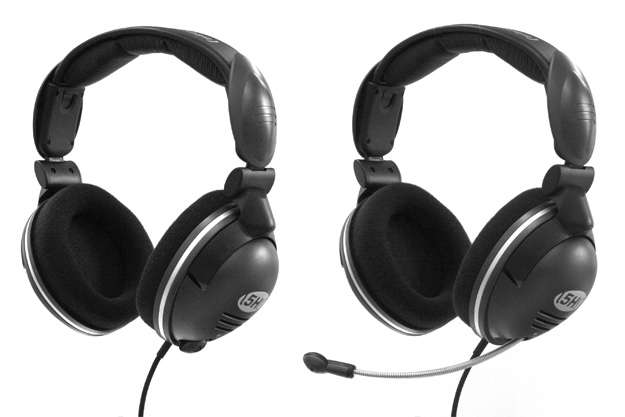
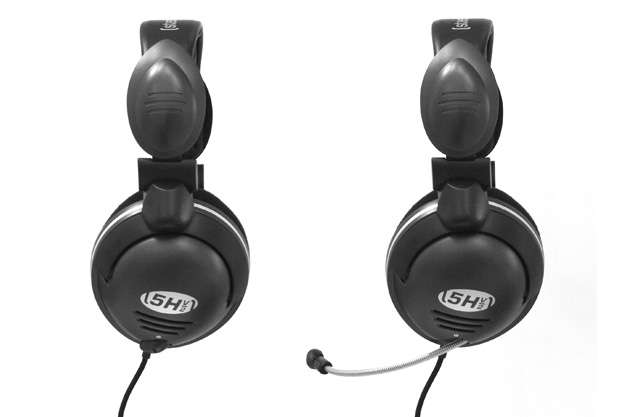
The cord of the 5H is 10 feet long and is wrapped in braided fabric to add to its durability. Approximately 2 feet down from the headphones, there is an in-line volume knob as well as an on/off switch for the microphone. If you head down another foot or so, you come to a set of audio plugs that allow you to extend the cord to its full length. Personally, I would have thrown this in at around the half way mark but this is not the case here. While this isn’t a problem, it would make more sense as the original 4 or so feet before the extender jacks seems a bit short for those of us with our PC on the ground or in a desk.
Support our efforts! With ad revenue at an all-time low for written websites, we're relying more than ever on reader support to help us continue putting so much effort into this type of content. You can support us by becoming a Patron, or by using our Amazon shopping affiliate links listed through our articles. Thanks for your support!




